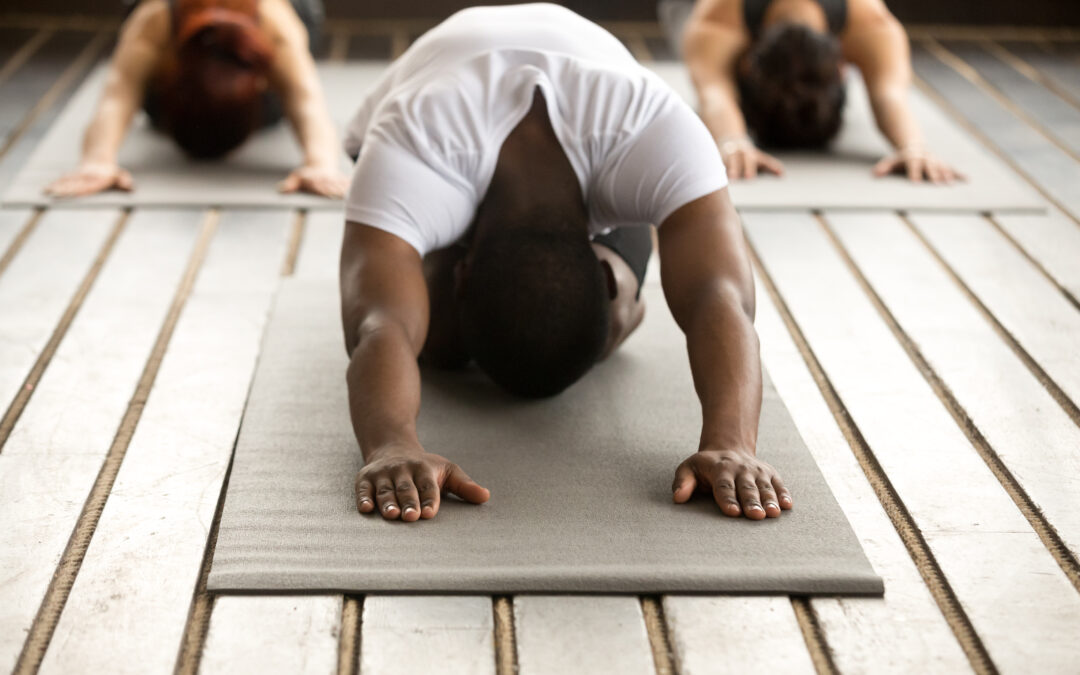Firstly, women are generally more flexible than men, particularly in the hips and hamstrings. I have male students that buck this trend and can drop their forearms to the floor in a low lunge, job done. But ask most men to sit cross-legged and the discomfort is visible; the knees are too high and the lower back rounds and aches.
The wider female pelvis (‘basin’ in Latin), is largely to blame for the hip gender discrepancy. Male/female flexibility differences are less obvious in other areas, such as the shoulders. To find the other source of gender differences we’d need a pretty powerful microscope to hone in on a section of muscle.
Here we might see a greater proportion of connective tissue within muscle under the male slide. Connective tissue binds, compartmentalises and protects fragile muscle fibres and, therefore, restricts stretching (and potentially tearing). Women, on the other hand, possess more elastin, which, as the name suggests, facilitates muscle elasticity.
We should re-think the way we teach yoga to attract more men by moving away from the preoccupation on ‘hip openers.’ This would create a more welcoming environment for many men who that ‘Easy Pose’ (sitting crossed-legged) is anything but.


 Lexie Williamson is a British Wheel of Yoga and Yoga Sports Science instructor who specialises in working with endurance athletes. She has held sessions for London Dynamos, Thames Turbo, Elmbridge Road Runners and Kent Velo Girls. Lexie is the author of Bloomsbury Publishing books Yoga for Cyclists, Yoga for Runners and The Stretching Bible and has written for The Guardian, Runner’s World, Cycling Weekly, Women’s Fitness, OM Yoga and Psychologies magazines.
Lexie has studied Exercise & Sports Science and Human Anatomy and Physiology and teaches anatomy and physiology to British Wheel of Yoga trainee teachers. She has tried running and sprint-distance triathlon but is now a keen road cyclist, riding with the Surrey-based Viceroy’s Triathlon Club.
Lexie Williamson is a British Wheel of Yoga and Yoga Sports Science instructor who specialises in working with endurance athletes. She has held sessions for London Dynamos, Thames Turbo, Elmbridge Road Runners and Kent Velo Girls. Lexie is the author of Bloomsbury Publishing books Yoga for Cyclists, Yoga for Runners and The Stretching Bible and has written for The Guardian, Runner’s World, Cycling Weekly, Women’s Fitness, OM Yoga and Psychologies magazines.
Lexie has studied Exercise & Sports Science and Human Anatomy and Physiology and teaches anatomy and physiology to British Wheel of Yoga trainee teachers. She has tried running and sprint-distance triathlon but is now a keen road cyclist, riding with the Surrey-based Viceroy’s Triathlon Club.